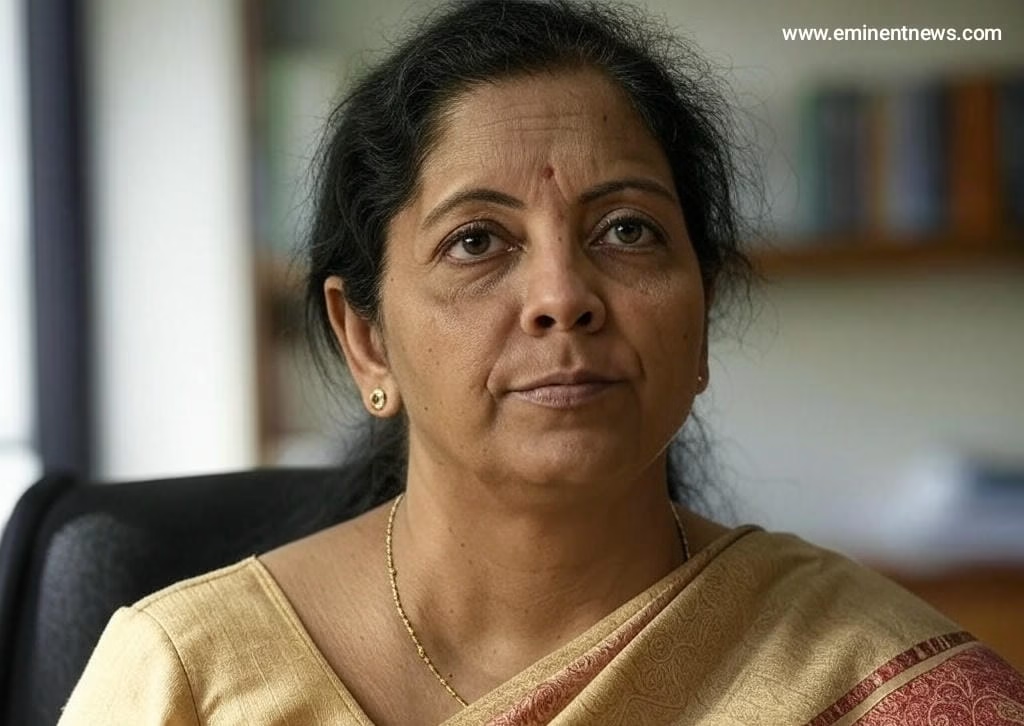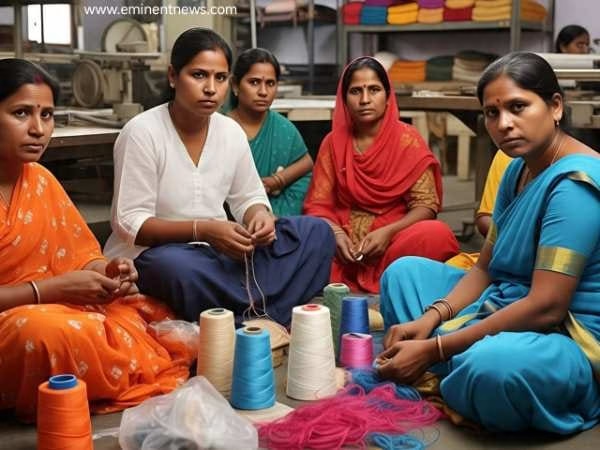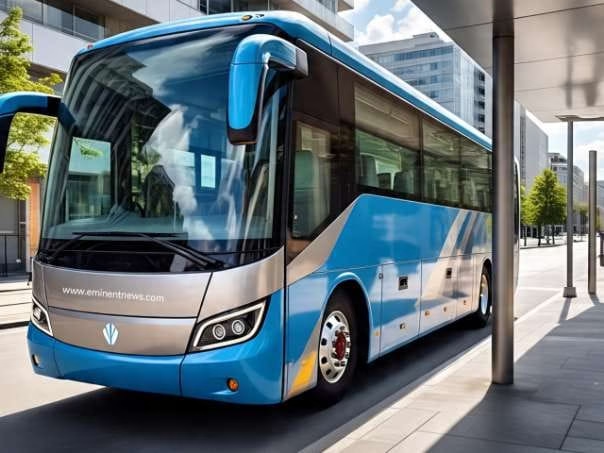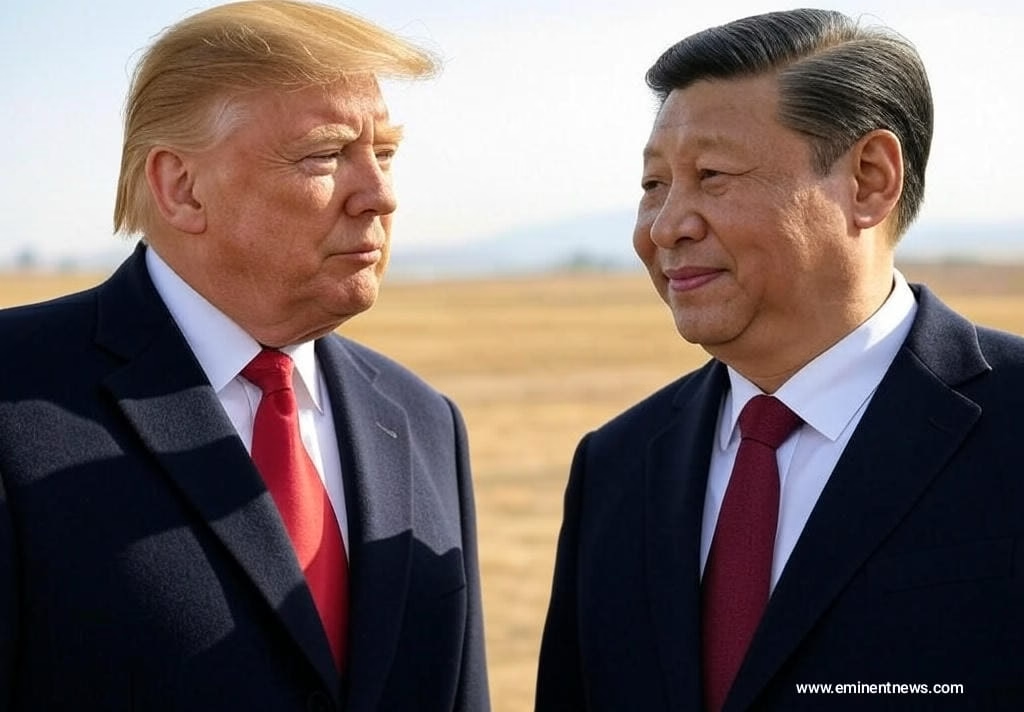The Indian government is strongly encouraging the electronics manufacturing business to become self-reliant and reduce import dependency . To that end, the Union Cabinet approved the Electronics Component Manufacturing Scheme with a ₹22,919 crore outlay .
Here’s a detailed look at the scheme:
- Objectives: The scheme aims to create a strong ecosystem for electronics components by attracting large investments, increasing domestic value addition, and integrating Indian companies into global value chains .
- Incentives: The Electronics Component Manufacturing Scheme includes incentives related to employment, capital requirements, and company turnover .
- Components Covered: The scheme covers passive components like display module sub-assemblies, electro-mechanicals for electronic applications, multi-layer printed circuit boards (PCBs), enclosures for mobile and IT hardware, and lithium-ion cells for digital applications . It also covers active components like semiconductors under the India Semiconductor Mission .
- Financials: The scheme anticipates investments of ₹59,350 crore, leading to the production of electronic components worth over ₹4.5 lakh crore and generating 91,600 direct jobs .
- Timeline: The scheme spans six years and includes a one-year gestation period .
- Impact on the electronics industry: The electronics manufacturing sector has grown significantly in the last 10 years, reaching ₹10 lakh crore and employing about 25 lakh people . Exports have also increased, and are expected to double in the next four years .
The Production Linked Incentive (PLI) scheme supports electronics manufacturing by providing incentives for domestically manufactured mobile phones and components . It has attracted investments from global companies and is expected to result in substantial electronics production in the coming years . The Scheme for Promotion of Manufacturing of Components and Semiconductors (SPECS) complements the PLI scheme by focusing on developing a strong domestic supply chain for components .

























